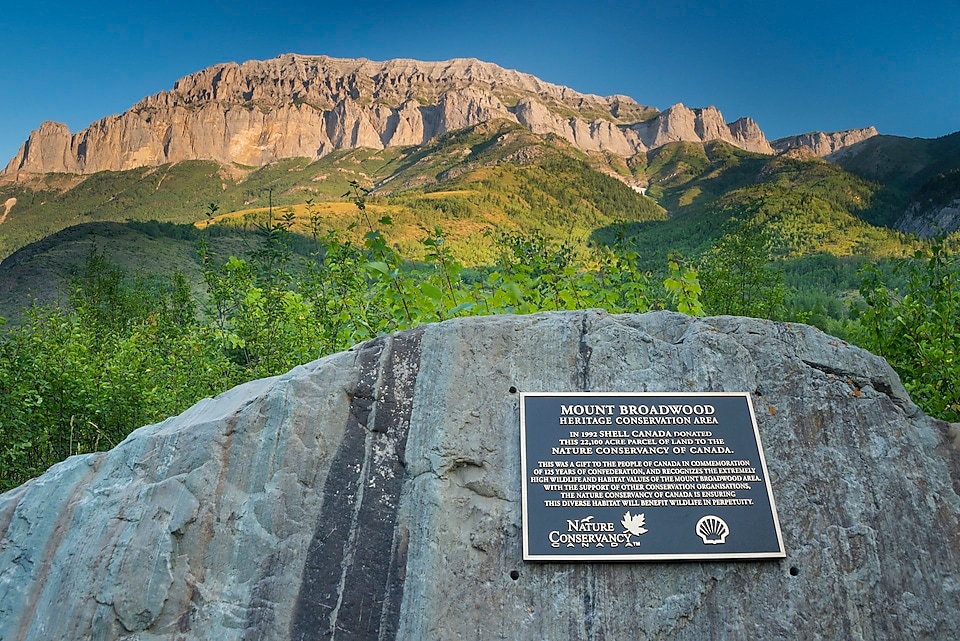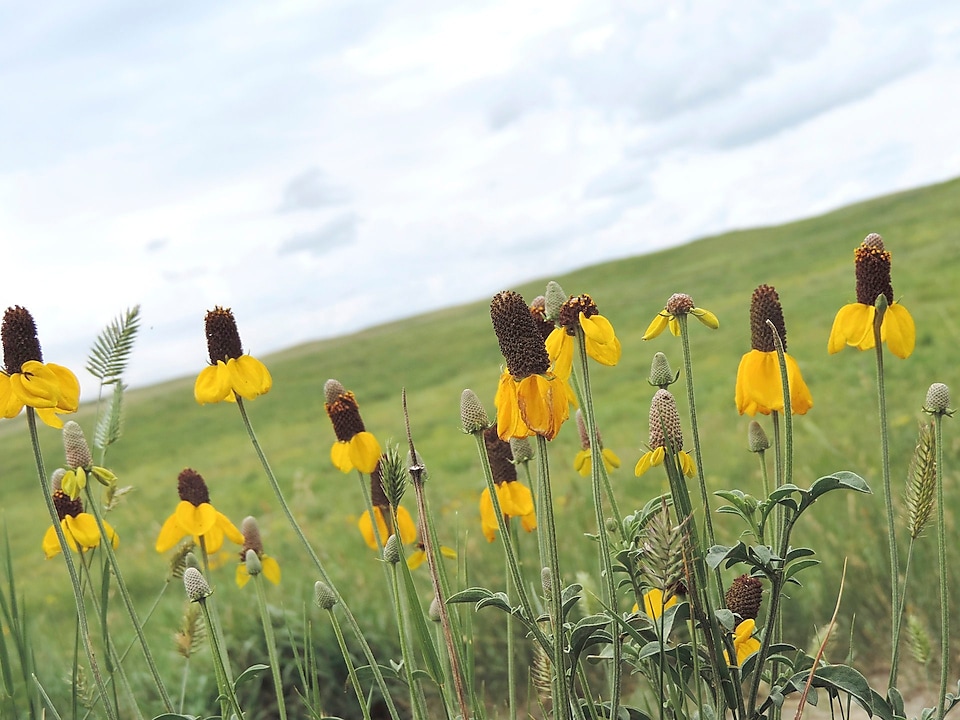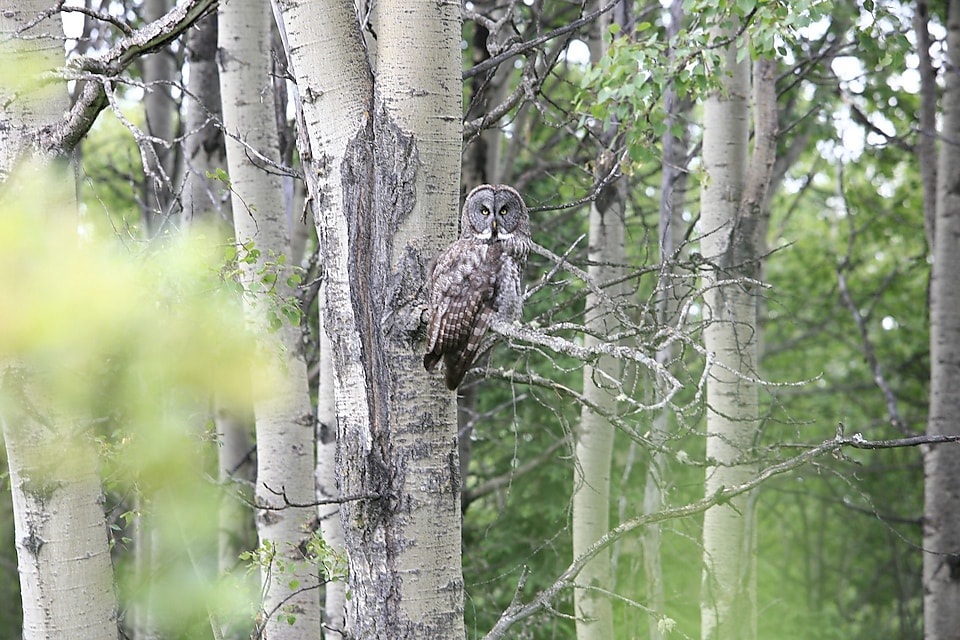Nature Conservancy of Canada

Shell Canada and the Nature Conservancy of Canada (NCC) have been partners in land conservation projects for 30 years.
The NCC works closely with all levels of government, and many organizations, including Shell, to protect natural areas and the species they sustain across Canada. As a supporter of NCC’s conservation program, Shell has contributed more than $6.5 million in financial resources, land and mineral rights to NCC over the past 30 years.
From coast to coast, Shell has provided NCC with resources to help conserve special lands and endangered ecosystems. Preserving biodiversity is expected by society and is important for truly sustainable development.
The following are examples of NCC projects Shell has supported:
- Shaughnessy Cohen Memorial Savanna, Pelee Island, Ontario
- La Fabrique, Île de Grâce, Québec
- Elkington Property (Garry Oaks ecosystem), Vancouver Island, B.C.
- Tabusintac Lagoon, New Brunswick
- Grasslands National Park, Saskatchewan
- Cross Conservation Area, Alberta
- Big Hill Springs, Alberta
- Francis Nose Island, Nova Scotia
- MacFarlane Woods, Cape Breton, Nova Scotia
Ducks Unlimited

Shell Canada has been a supporting partner of Ducks Unlimited since 1986.
For over 35 years we have worked with them on a number of conservation initiatives, supporting the conservation of wetlands across the country.
In 2013, Shell and Ducks Unlimited developed a biodiversity tool that has led to the ongoing development of an exciting new tool that can be used to more accurately assess impacts on wetlands, including information on carbon accumulation, biodiversity and other areas.
Shell Buffalo Hills Conservation Ranch was also established in 2013 with the help of Ducks Unlimited. The nearly 6,000 acres property is located one hour southeast of Calgary. The land is used for breeding, migration or wintering by 159 bird species. It includes 4,130 acres of pristine, native grasslands, as well as an additional 1,769 acres of tame hay lands.
Tree Canada

Shell Canada has supported Tree Canada since 1998, supporting programs to maintain a healthy environment through sustaining urban and rural forests. Since partnering, we have planted over 2 million trees together and initiated 38 diverse projects.
In 2011, Shell Canada received Tree Canada’s Ultimate Award, recognizing partners who have contributed more than $1 million towards the stewardship of trees with Tree Canada.
Together Shell Canada and Tree Canada have:
- Helped restore habitat when ice storms ravaged Eastern Canada in 1998 and windstorms swept through Vancouver’s Stanley Park in 2006.
- Completed schoolyard greening at nearly 70 Canadian schools, which beautify school grounds and provide shelter to children from harmful UV rays.
- Undertaken urban forest plantings within the city of Calgary.
- Enhanced the Fort Saskatchewan's river valley through various projects, including three tree plantings as part of a three-year, $400,000 social investment celebrating Shell’s Scotford Complex's 30th Anniversary.
Other Shell Contributions
Celebrating Canada's 125th birthday in 1992, Shell donated 22,100 acres of land to establish the Mount Broadwood Heritage Conservation Area. Grizzly bear, elk and bighorn sheep are some of the species that roam this area, described by the NCC as a "wildlife paradise”. This land donation was valued at over $1.8 million.
In 1997, Shell Canada was one of four oil companies to relinquish mineral rights to 320,000 acres off the west coast of Canada. This was the first step to establish the Gwaii Haanas National Marine Conservation.
In 2001, Shell took a creative approach to support by providing $250,000 for research and a three-year land conservation position for NCC. The Land Conservation Representative secured properties and conservation easements valued at $8 million. This resulted in much greater gains for conservation than a more traditional contribution towards the purchase of land.
In 2016, Shell gifted NCC with over 860,000 hectares of offshore exploratory permits in the waters of Baffin Bay, near Lancaster Sound to support government and Inuit aspirations to expand a proposed conservation area off the coast of Nunavut. Formalized in 2019, the expanded boundary for Tallurutiup Imanga National Marine Conservation Area measures 109,000 km² — more than twice the size of Nova Scotia. Tallurutiup Imanga is now the largest marine conservation area in Canada and one of the world’s largest marine protected areas, preserving the vital marine ecosystem while allowing people to use the area in an ecologically sustainable manner.
In 2018, Shell voluntarily released to NCC about 50,000 km2 of exploratory permits off coastal British Columbia to support marine conservation. More than one and a half times the size of Vancouver Island, the acreage is located in the Queen Charlotte and Tofino basins covering vast and environmentally rich areas.
